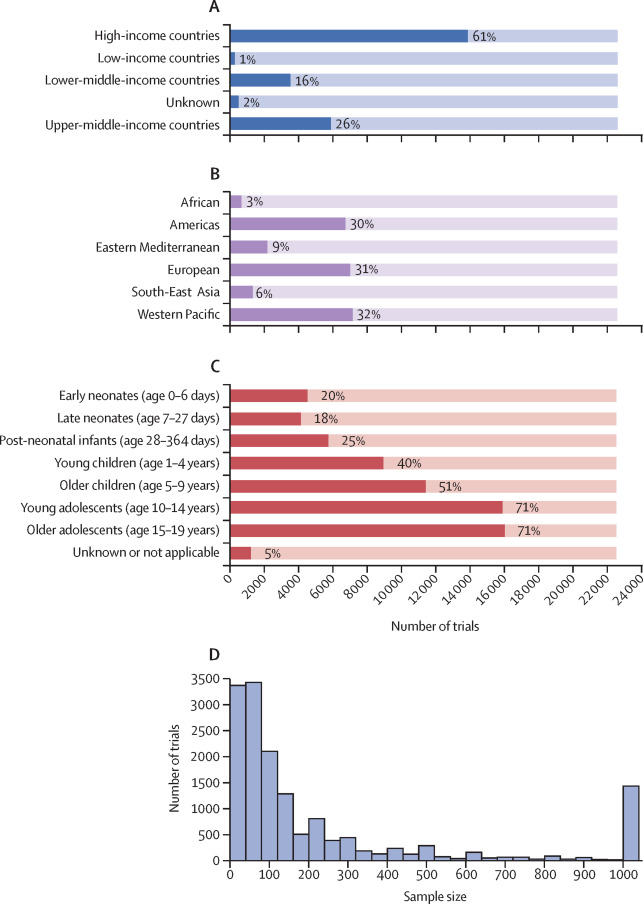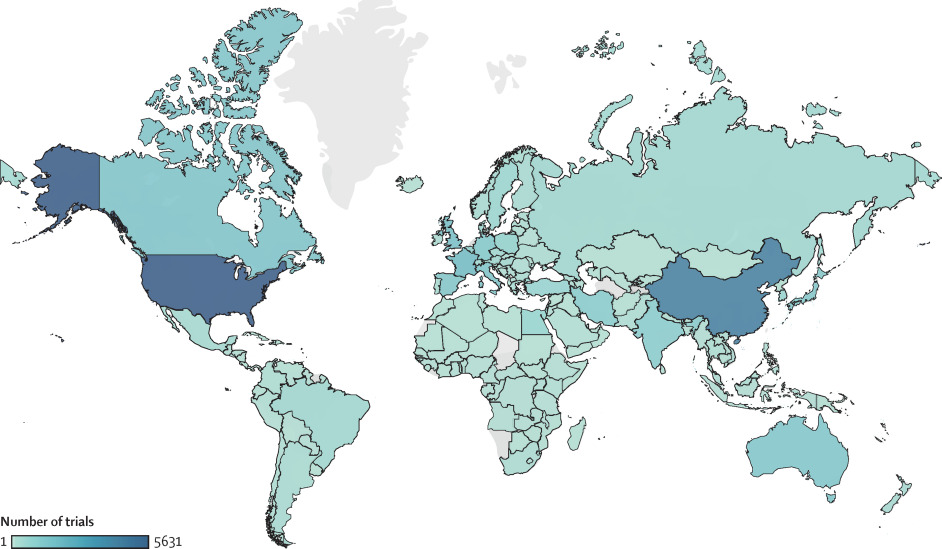Public Health
824 readers
215 users here now
For issues concerning:
- Public Health
- Global Health
- Health Systems & Policy
- Environmental Health
- Epidemiology
- etc.
🩺 This community has a broader scope so please feel free to discuss. When it may not be clear, leave a comment talking about why something is important.
Related Communities
- Medical Community Hub
- Medicine
- Medicine Canada
- Premed
- Premed Canada
- Public Health (📍)
See the pinned post in the Medical Community Hub for links and descriptions. link ([email protected])
Rules
Given the inherent intersection that these topics have with politics, we encourage thoughtful discussions while also adhering to the mander.xyz instance guidelines.
Try to focus on the scientific aspects and refrain from making overly partisan or inflammatory content
Our aim is to foster a respectful environment where we can delve into the scientific foundations of these topics. Thank you!
founded 2 years ago
MODERATORS
101
102
103
104
105
14
Hepatitis A surges in Czechia, health officials urge vaccination and strict hygiene
(www.euractiv.com)
106
107
108
109
110
111
36
Doctors urge government to fight poverty after rise in patients with Victorian diseases
(www.theguardian.com)
112
113
114
115
116
50
Avoidable deaths are on the rise in the United States, yet falling in many peer nations | ScienceDaily
(www.sciencedaily.com)
117
118
119
120
121
122
123
124
125


